The Roman Empire, one of history’s most influential empires, has left an indelible mark on the Western world. From its origins as the Roman Republic to its transformation into a colossal empire under the rule of its emperors, Rome’s historical and cultural significance is unparalleled. The emperors of Rome, from the revered Augustus to the notorious Nero, played very important roles in shaping not just the empire, but also the course of Western civilization.

✅ AI Essay Writer ✅ AI Detector ✅ Plagchecker ✅ Paraphraser
✅ Summarizer ✅ Citation Generator
1st Century Roman Emperors
The first century of the Roman Empire was a period of monumental change, marking the rise and consolidation of imperial Rome. This era witnessed the transition from the Roman Republic, a time rife with civil wars and political upheaval, to the establishment of a principate under Augustus. It was a time of stabilization and expansion, where emperors like Augustus, Tiberius, Caligula, Claudius, Nero, and Vespasian played pivotal roles in shaping the empire. Their reigns laid the foundations for the Roman Empire that would dominate the Western world for centuries. The remnants of their rule can still be glimpsed in the grandeur of the Colosseum, the Roman Forum, and the ancient Via Appia.
Augustus (27 BC – AD 14)
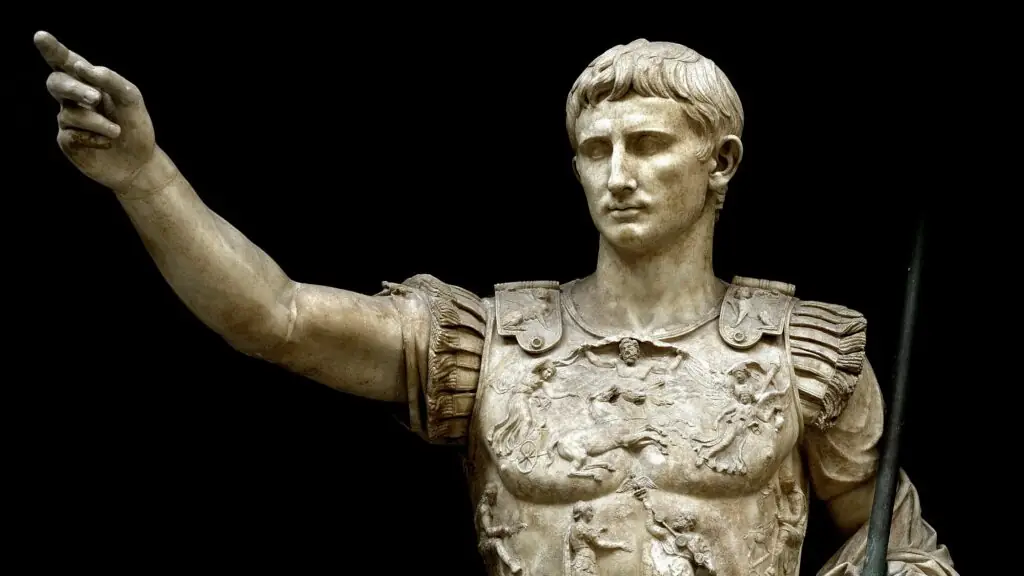
Augustus, born as Gaius Octavius, is a towering figure in Roman history, known as the founder of the Roman Empire and its first Emperor. His rule marks a turning point in the history of Rome, as he transitioned the state from a Republic to an Empire. Augustus was initially the adopted heir of Julius Caesar, and his rise to power was characterized by a series of civil wars, culminating in the defeat of Mark Antony and Cleopatra at the Battle of Actium in 31 BC.
Augustus’s Significance and Influence:
- Founding of the Empire: Augustus played a role in establishing the Roman Empire after years of political turmoil. His reign brought stability and an end to the chaos of the late Republic.
- Pax Romana: Augustus’ rule marked the beginning of the Pax Romana, a period of relative peace and prosperity that endured for over two centuries. This allowed for cultural, economic, and social development within the empire.
- Reforms: He implemented a wide range of reforms, including the restructuring of the Roman military, a reorganization of provincial governance, and the introduction of a system of laws.
- Cultural Flourishing: Under Augustus, Rome experienced a cultural renaissance. He was a patron of the arts and literature, fostering the works of poets like Virgil and Horace.
- Territorial Expansion: Augustus expanded the empire’s borders, securing key provinces and territories. Notably, he annexed Egypt, a significant source of wealth for the empire.
- Reshaping of Government: Augustus effectively held absolute power, but he maintained the facade of the Republic. This “principate” set the stage for the Roman Empire’s governance structure.
Tiberius (AD 14 – 37)
As Augustus’ stepson and successor, Tiberius continued the empire’s expansion, particularly in the Roman province of Judea. His reign witnessed a shift towards a more autocratic rule and the increased influence of the Praetorian Guard, a trend that would continue in subsequent reigns.
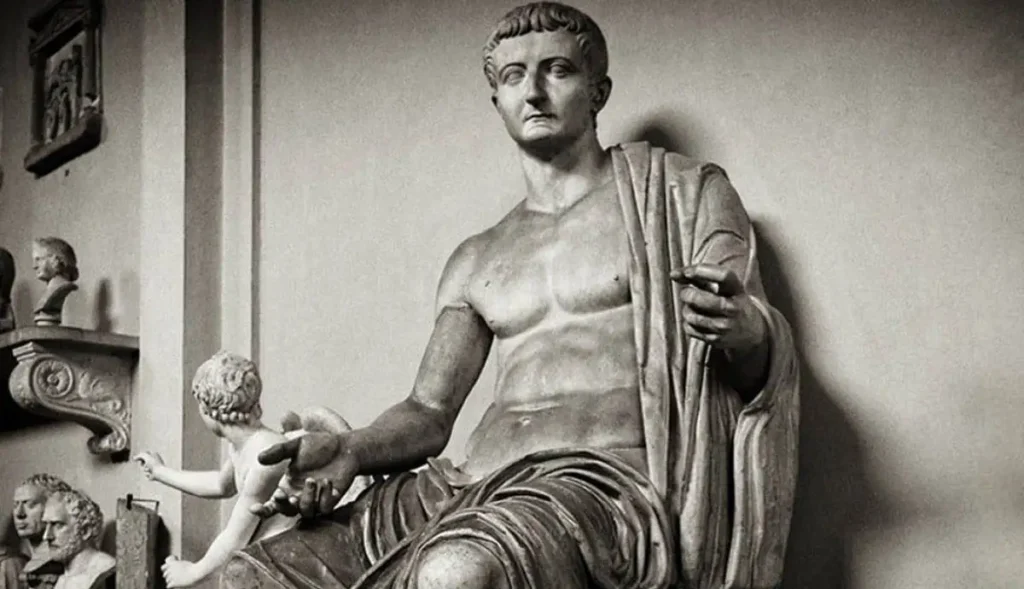
During his reign, there was also a notable increase in the power of the emperor. The Praetorian Guard, a special military force, gained considerable influence, and loyalty was increasingly directed toward the emperor. Despite some controversies, Tiberius ruled with relative stability. He initiated legal reforms and improved the functioning of the imperial bureaucracy. Tiberius’s succession set a precedent for the hereditary principle in imperial succession, as he was Augustus’s chosen successor, marking a shift away from the chaos of the late Republic’s civil wars.
Caligula (AD 37 – 41)
Caligula, whose real name was Gaius, is remembered for his tyrannical and extravagant rule. Despite starting his reign as a beloved emperor, he soon became a symbol of Roman imperial excess and insanity. His assassination ended a short, tumultuous period marked by financial and political instability.
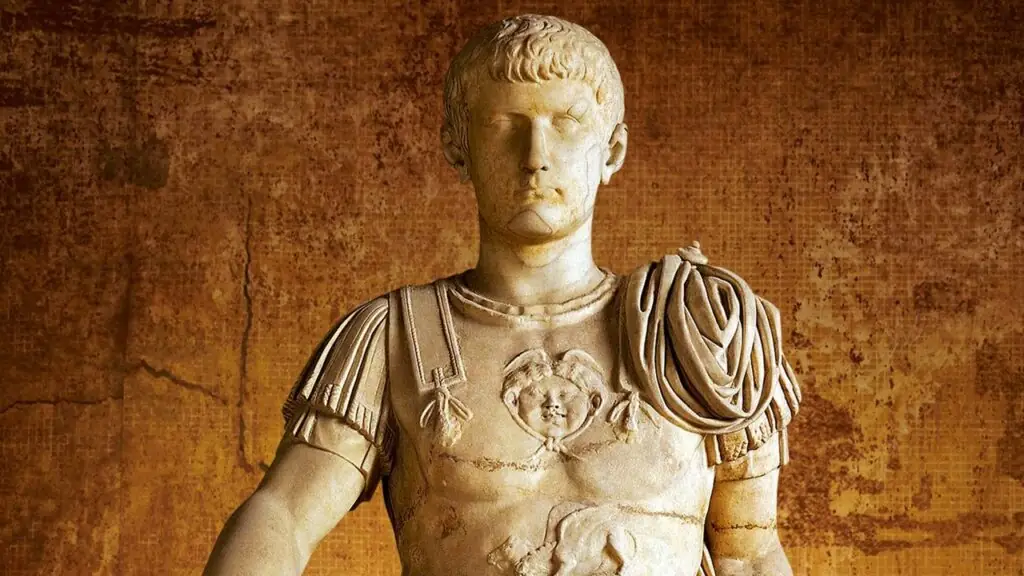
No wonder Caligula’s rule was short and tumultuous, leading to financial and political instability within the empire. His reign ended with his assassination, a result of conspiracies among the Roman elite who sought to rid the empire of his oppressive rule.
Claudius (AD 41 – 54)
Often underestimated due to his physical disabilities, Claudius proved to be an able and efficient ruler. He expanded the empire, including the conquest of Britannia, and implemented important judicial and bureaucratic reforms.
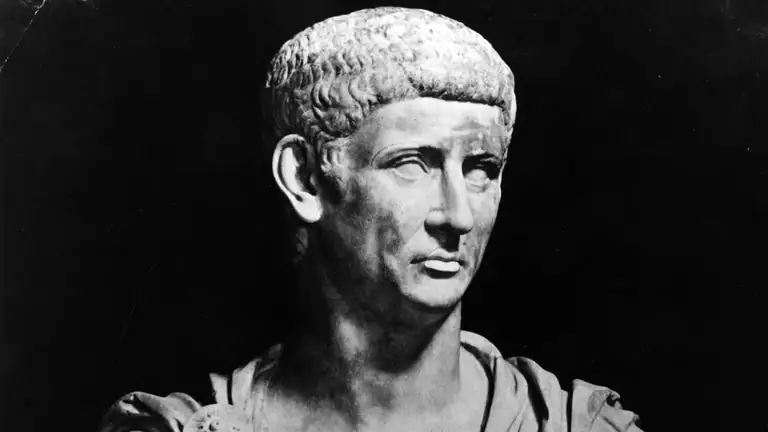
Significance and Influence:
- Conquest of Britannia: Claudius oversaw the successful Roman invasion of Britannia, expanding the empire’s territory to include what is now modern-day England.
- Administrative and Legal Reforms: He implemented significant judicial and bureaucratic reforms, streamlining governance and improving the legal system.
- Efficient Governance: Despite initial skepticism about his abilities, Claudius’s rule was marked by stability and competent administration.
Nero (AD 54 – 68)
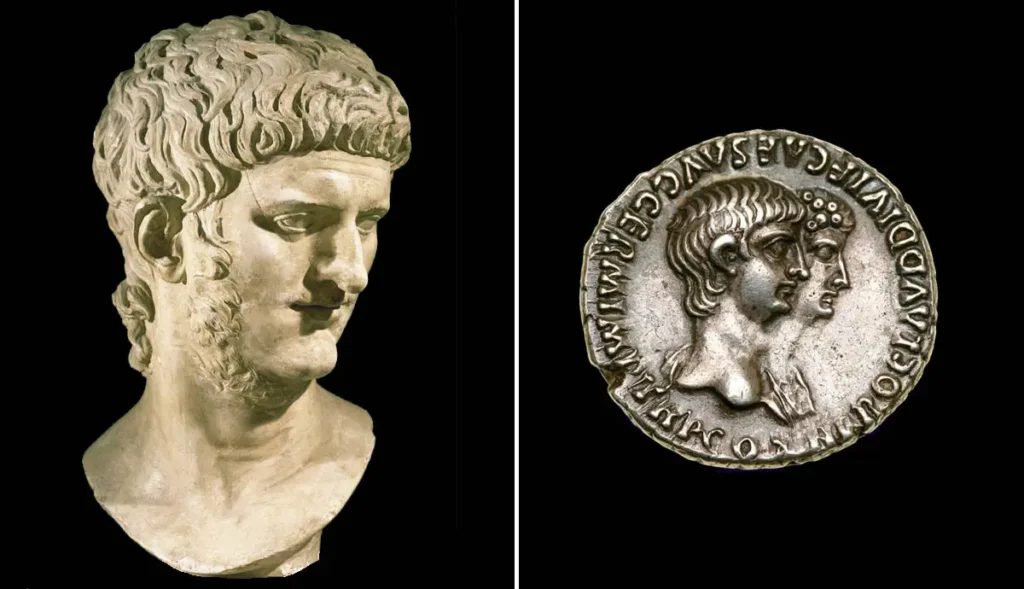
The last emperor of the Julio-Claudian Dynasty, Nero’s reign is remembered for its tyranny and extravagance. He is infamous for the murder of his mother, Agrippina, and possibly his stepbrother, Britannicus. Yet, Nero was known for his artistic aspirations, particularly in music and poetry, although his efforts were often met with criticism. The Great Fire of Rome in AD 64, which led to the persecution of Christians, and his suicide in AD 68 marked the end of his controversial reign.
Vespasian (AD 69 – 79)
Vespasian restored stability to the empire after the Year of the Four Emperors. His reign is noted for the beginning of the construction of the Colosseum and significant fiscal reforms. Those included tax reforms and increased revenue generation, which helped stabilize the empire’s finances.
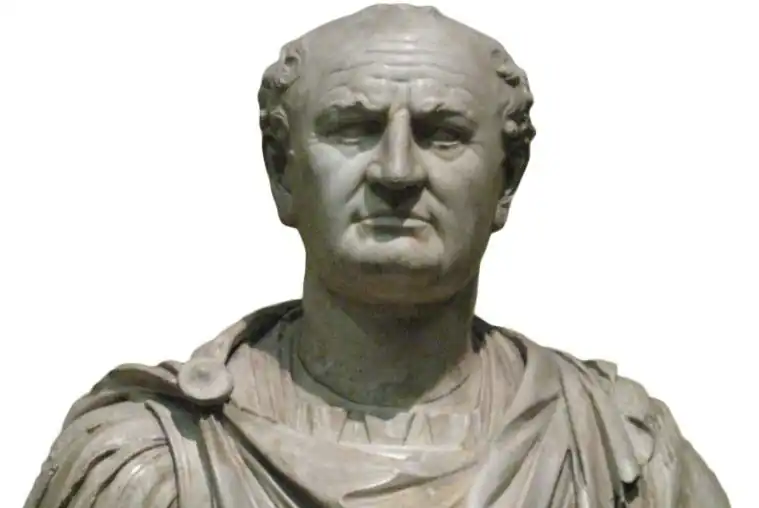
Vespasian’s reign marked the beginning of the Flavian Dynasty, a period of relative stability and prosperity following the chaos of the previous years.
2nd Century Roman Emperors
The second century of the Roman Empire was a golden age known as the era of the ‘Five Good Emperors.’ This period saw the empire reach its zenith in terms of territorial expansion, cultural achievements, and political stability. Emperors like Trajan, Hadrian, and Marcus Aurelius expanded and consolidated the empire’s territories, leaving behind a legacy of military might, architectural marvels, and philosophical wisdom. However, this century also planted the seeds of excessive centralization, which, coupled with the rule of less capable emperors, gradually steered the empire toward decline.
Trajan (AD 98 – 117)
Trajan’s rule is widely hailed as one of the pinnacles of Roman leadership. His accomplishments and influence extended across various aspects of Roman society and governance. Notably, Trajan oversaw the expansion of the Roman Empire to its maximum territorial extent, including the annexation of Dacia (modern-day Romania) and parts of Mesopotamia.

These conquests significantly expanded the empire’s wealth and resources. His reign is also marked by large-scale building projects, with the most famous being Trajan’s Forum in Rome, a grand complex that included a magnificent column commemorating his Dacian Wars. These projects not only showcased Rome’s grandeur but also provided employment and infrastructure improvements. Trajan’s progressive social welfare policies included initiatives to assist orphans and impoverished children, reflecting his commitment to improving the lives of Roman citizens.
Hadrian (AD 117 – 138)
Hadrian’s reign brought about a distinctive era in the Roman Empire marked by both consolidation and cultural innovation. One of his most iconic achievements was the construction of Hadrian’s Wall in Britain, a defensive fortification that underscored his focus on consolidating and securing the empire’s borders.
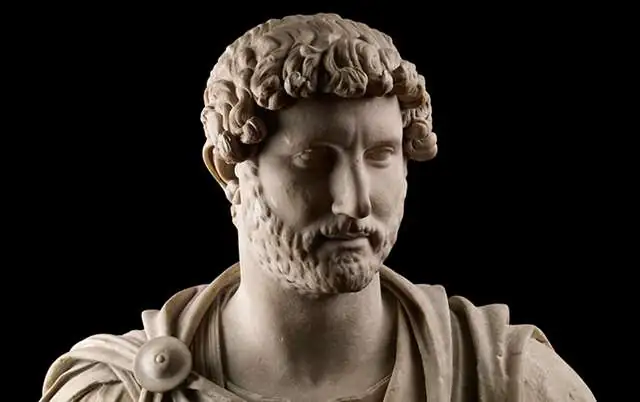
His approach to border security and fortifications helped maintain peace and stability. Hadrian was also a patron of the arts and architecture, with the construction of the Pantheon in Rome being one of his notable contributions. His architectural endeavors extended across the empire, reflecting his commitment to cultural renaissance. Hadrian’s cultural pursuits extended to his interest in Greek philosophy, particularly Stoicism. While his rule was generally stable, there were periods of unrest and conflict, including the suppression of the Bar Kokhba Revolt in Judea. Despite these challenges, Hadrian’s legacy as a builder, cultural patron, and leader who emphasized the security and integrity of the empire endures.
Marcus Aurelius (AD 161 – 180)
Marcus Aurelius, often referred to as the philosopher-king, faced a complex and challenging period during his reign. His rule was marked by significant military conflicts, including wars against the Parthian Empire in the East and the Germanic tribes in the North. The Antonine Plague, a devastating pandemic, further added to the hardships of his era.
Despite these challenges, Marcus Aurelius is renowned for his stoic philosophy, as reflected in his work ‘Meditations,’ which provides a unique insight into the mind of a Roman emperor facing adversity. His stoic principles emphasized personal virtue, resilience in the face of adversity, and a commitment to duty. While his military campaigns had mixed success, his focus on the well-being of the Roman people remained a central aspect of his rule. Marcus Aurelius is remembered for his efforts to provide relief to those affected by the Antonine Plague and his commitment to justice and fairness. His philosophy and leadership continue to be admired for their wisdom and resilience in the midst of challenges.
The Ruling of the 4th Century Emperor Constantine (I) the Great (AD 306 – 337)
Constantine the Great’s reign in the 4th century marked a transformative period in the history of the Roman Empire. It was during this time that the empire underwent significant changes, particularly in the religious landscape with the legalization of Christianity. Constantine’s move to establish Constantinople as the new capital was a strategic masterstroke that revitalized the empire. However, his reign also signaled the beginning of the end for the unified Roman Empire, setting the stage for its eventual split and the fall of the Western half. This era represents a pivotal moment in history, where the legacies of Rome began to intertwine with the emerging Byzantine Empire
Constantine I the Great’s (306–337 CE; reunified the empire)
Constantine the Great’s rule, which spanned from 306 to 337 CE, marked a transformative period in the history of the Roman Empire. His reign was characterized by significant accomplishments and far-reaching influence on various aspects of the empire. Constantine is celebrated for several key achievements that had a profound impact on the Roman Empire and the subsequent course of history.
Constantine’s Achievements as an Emperor
One of Constantine’s most notable accomplishments was the legalization of Christianity through the Edict of Milan in 313 CE. This landmark decree, issued jointly with his co-emperor Licinius, granted religious tolerance to Christians and effectively ended the persecution they had faced for centuries. This pivotal decision not only secured the rights of Christians but also paved the way for the eventual establishment of Christianity as the dominant religion in the Western world. Constantine’s embrace of Christianity was a personal and political milestone that significantly influenced the religious landscape of the empire.
In addition to his religious policies, Constantine’s reign saw the foundation of Constantinople, the city that would later become the heart of the Byzantine Empire. In 330 CE, Constantine officially dedicated this new capital, strategically located at the crossroads of Europe and Asia, on the site of the ancient Greek city of Byzantium. Constantinople’s establishment was a testament to Constantine’s vision and ambition. The city’s strategic location facilitated trade, defense, and administration, making it a major center of power and culture for centuries to come.
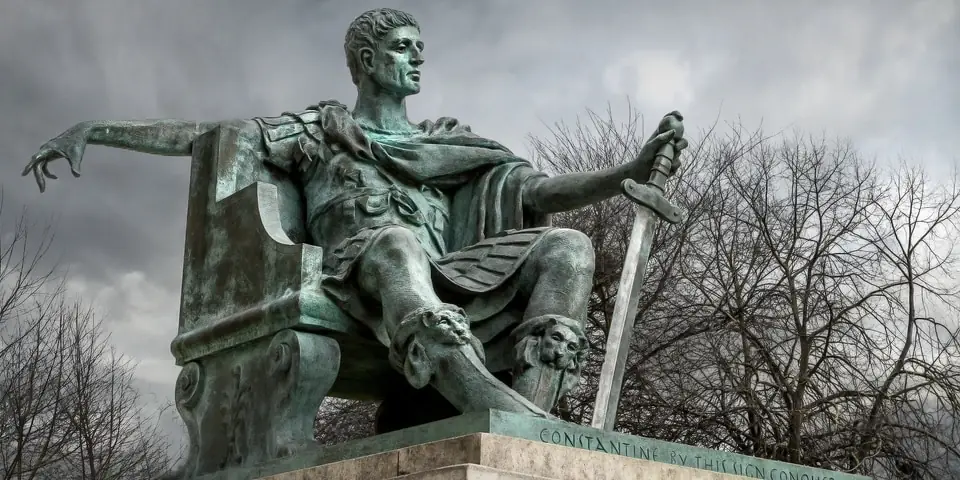
Military Reforms and Conflicts
Constantine’s rule also witnessed a series of administrative and military reforms. He sought to strengthen the Roman Empire’s stability and efficiency by reorganizing its administrative structure and military forces. This restructuring aimed to address the challenges the empire faced, including external threats and internal divisions. The division of the empire into Eastern and Western halves, each with its capital (Constantinople and Rome, respectively), was a notable administrative change that would eventually lead to the Byzantine Empire’s emergence as a distinct entity.
However, his reign wasn’t without its challenges and conflicts. He faced military campaigns against rival claimants to the throne and external threats from neighboring regions. However, his leadership and strategic acumen allowed him to navigate these challenges successfully, contributing to the empire’s continued existence and stability. His legacy as a transformative leader, both in terms of religion and geopolitics, continues to influence the course of history, making him a pivotal figure in the transition from the Roman Empire to the Byzantine Empire.
Conclusion
The timeline of Roman Emperors reflects the dynamic nature of the Roman Empire. Each emperor contributed uniquely to the empire’s story, from the establishment of the principate under Augustus to the dominant system under Constantine I. The transformation from the Roman Republic to a powerful empire under these rulers not only shaped the ancient world but continues to influence our present. Their legacies, a complex amalgam of innovation, tyranny, triumph, and tragedy, offer a fascinating lens through which to view the history of one of the world’s most highly structured and influential empires.
FAQ
Follow us on Reddit for more insights and updates.



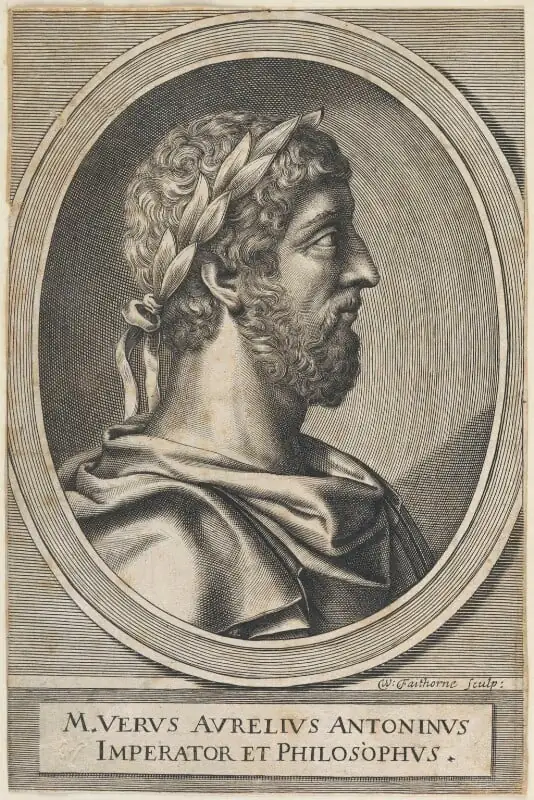



Comments (0)
Welcome to A*Help comments!
We’re all about debate and discussion at A*Help.
We value the diverse opinions of users, so you may find points of view that you don’t agree with. And that’s cool. However, there are certain things we’re not OK with: attempts to manipulate our data in any way, for example, or the posting of discriminative, offensive, hateful, or disparaging material.